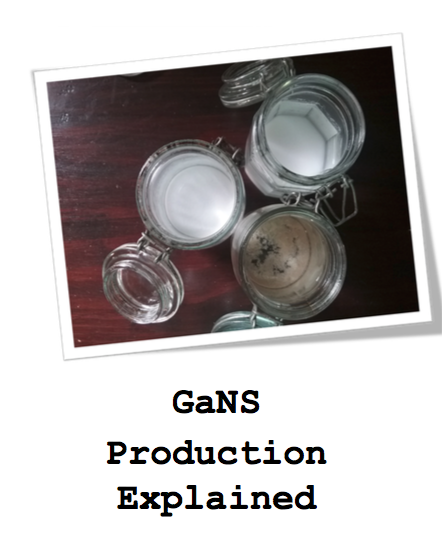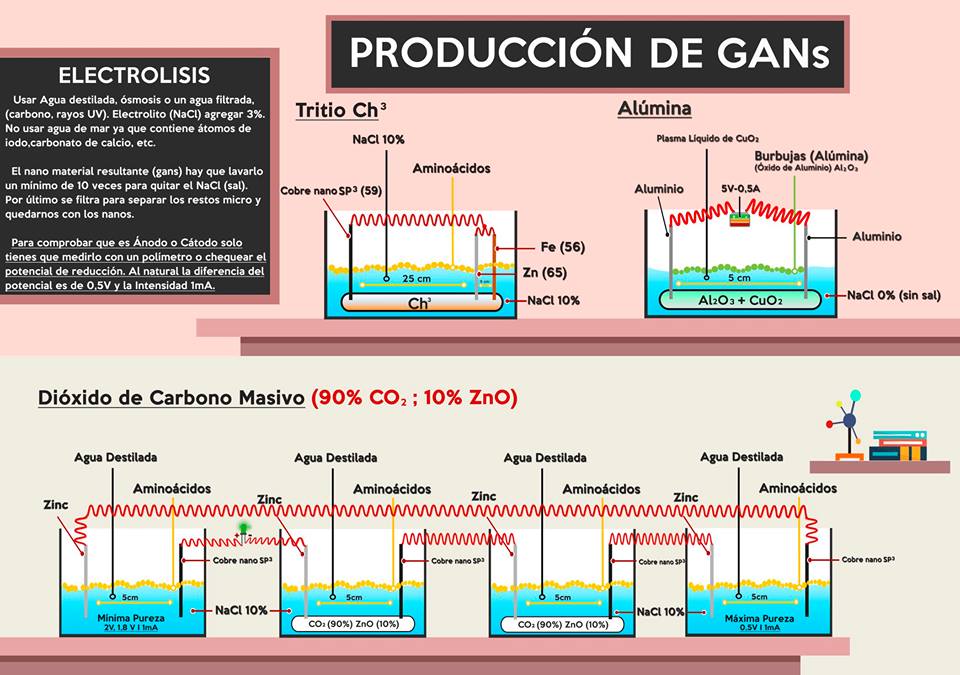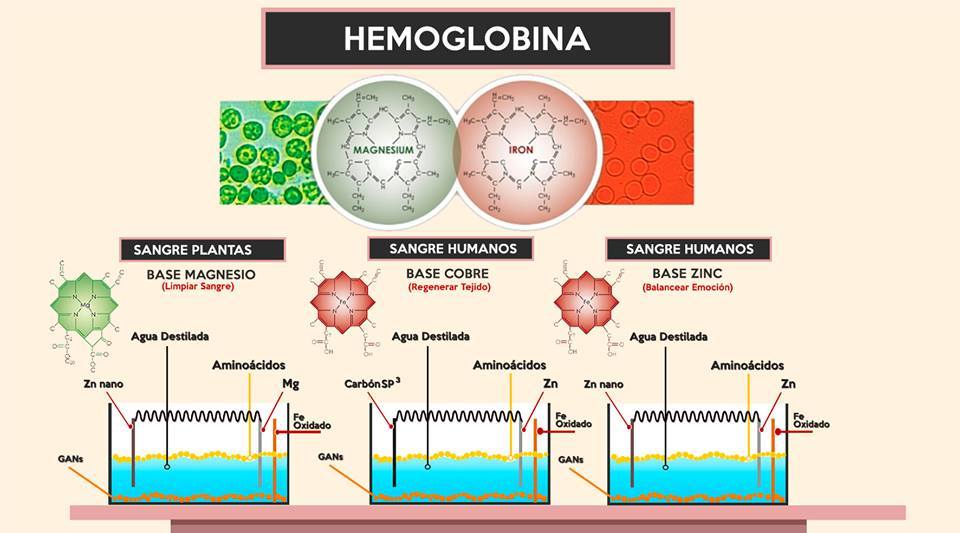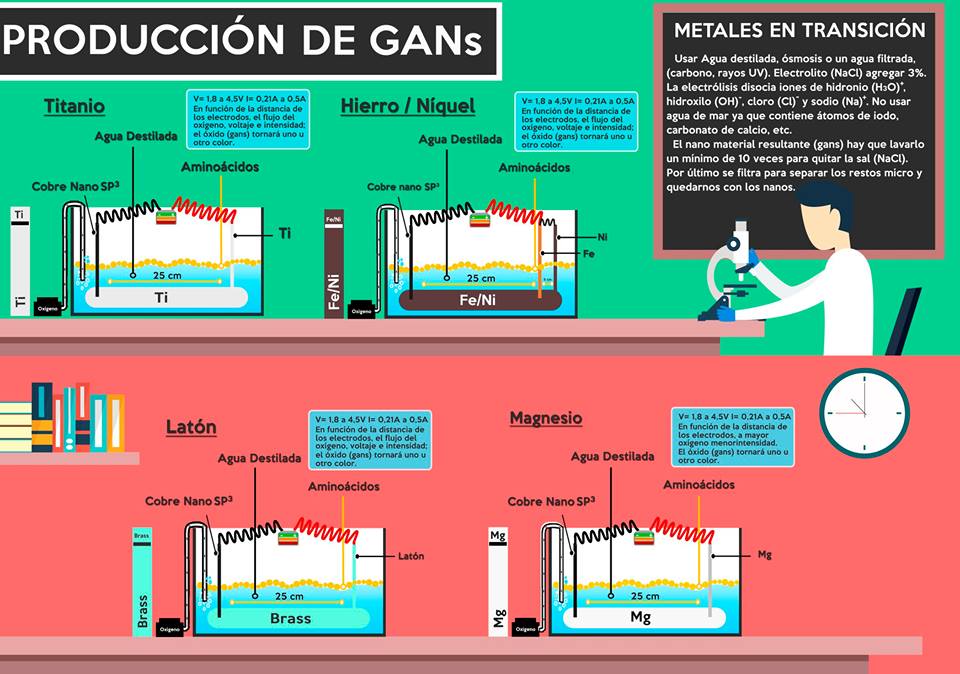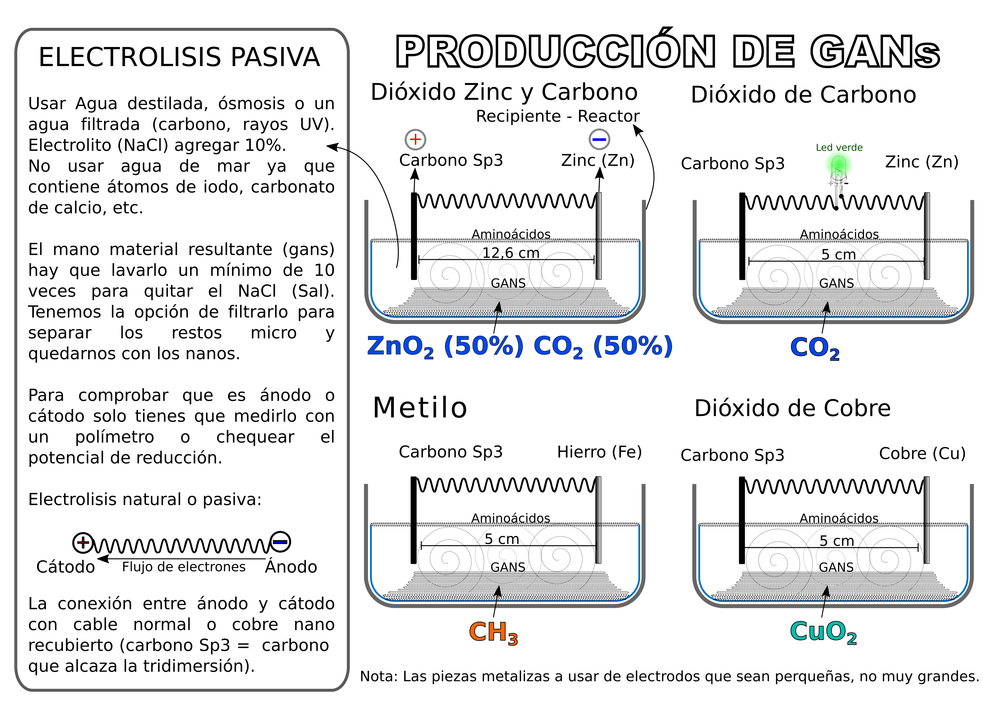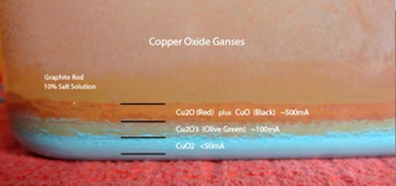Standard Gans Production (H,H2,H3 link further down)
This page and it's links describe in detail how to produce the GANSes using Nano Coated Materials as originally described by Mr Keshe.
The main materials are a small plastic tub c.1.5-3.5L, two metal plates (c.100x200x0.8mm), saline solution, green 1.8V LED (original method with no power supply, and higher Co2 ratio), and connecting leads.
Link for the original Co2 gans making kit from KF: http://keshefoundation.org/CO2KitInstructions/CO2KitInstructions.mp4
General youTube links using this search; https://www.youtube.com/results?search_query=GANS+keshe
The main materials are a small plastic tub c.1.5-3.5L, two metal plates (c.100x200x0.8mm), saline solution, green 1.8V LED (original method with no power supply, and higher Co2 ratio), and connecting leads.
Link for the original Co2 gans making kit from KF: http://keshefoundation.org/CO2KitInstructions/CO2KitInstructions.mp4
General youTube links using this search; https://www.youtube.com/results?search_query=GANS+keshe
Original Method - or 'zero boost'
When using a nano coated metal plate with an opposite un-coated plate (typically copper and zinc respectively) the original method is to make the gans without any additional power source, just an LED with the +ve leg connected to the n/c plate, to provide a load for the small flow of plasma from the nanocoated plate to the plain metal plate. This is called Plasma Field Interaction method. It is perhaps the most exciting scientifically since it creates just the right environment for nanomaterials to naturally form only through the interaction of field strength differentials. The field strength difference between the n/c copper plate and the zinc plate creates an environment that pulls the carbon element from the air into water, and interaction with oxygen in the water then gives us Co2 in gans state. To see this phenomena in action without wondering if it is just matter state interaction, you can put the n/coated Cu plate in a plastic bag, and even the Zn plate, and observe the process happen (plates need to be max 2cm apart, and can take 2-3 weeks).
For more of the science click to this page.
For more detailed instructions link to KFwiki here.
When using a nano coated metal plate with an opposite un-coated plate (typically copper and zinc respectively) the original method is to make the gans without any additional power source, just an LED with the +ve leg connected to the n/c plate, to provide a load for the small flow of plasma from the nanocoated plate to the plain metal plate. This is called Plasma Field Interaction method. It is perhaps the most exciting scientifically since it creates just the right environment for nanomaterials to naturally form only through the interaction of field strength differentials. The field strength difference between the n/c copper plate and the zinc plate creates an environment that pulls the carbon element from the air into water, and interaction with oxygen in the water then gives us Co2 in gans state. To see this phenomena in action without wondering if it is just matter state interaction, you can put the n/coated Cu plate in a plastic bag, and even the Zn plate, and observe the process happen (plates need to be max 2cm apart, and can take 2-3 weeks).
For more of the science click to this page.
For more detailed instructions link to KFwiki here.
This is also an excellent resource for the whole procedure and understanding:
xochipilli.wordpress.com/fundacion-keshe-id/proceso-captacion-de-gans-co2/
xochipilli.wordpress.com/fundacion-keshe-id/proceso-captacion-de-gans-co2/
|
Low power Electrolytic method. Alternatively a DC power supply can be used, with the -ve lead connected to the nano coated plate. The field or current when applied to the circuit will flow from the n/c plate to the plain one, gently detaching the nano layer atoms which will then combine with the oxygen in the water. As small a current as possible is used, say 0.02A.
When making CuO gans using Copper and a nano copper plate then an air tube (small fishbowl aerator) is added to keep the saline solution oxygenated. CH3 gans: use nano copper plate, zinc plate and iron, OR galvanised iron and nano copper plate. Other metal Gans can be made as well, see attachments. And Haemoglobin Gans which powerfully connects with the blood, see below as well. The saline solution: typically made with 5-10% saturated salt solution in de-ionised water, or 50-100g of sea salt per 1L of water. Best to use PURE sea salt for health applications, or rock salt for power related GANS. Also explore other salts .... 12 basic Schuessler cell salts ... epsom ... potassium ... Washing the gans: it is recommended to rinse the solution at least 5 times, to take away the salt. Rinse with de-ionised water, either by letting the gans settle and pouring off the head a few times, or filtering and rinsing through coffee paper several times. Storing the gans: store in anything, and top up with de-ionised water, as described on the previous page. Why the green LED? the LED provides a resistance in the galvanic circuit to minimise current flow, which between Zn and Cu is a factor. The tub could reach a PD of c.0.7V whereas the fwd voltage of an LED is 1.8-2.0V. The open up voltage doesnt get reached with a single tub (5 or so in series might), therefore the direction of the LED doesnt matter terribly, though it is noted to attach +ve long leg to the nanocoated plate. Why green? that was simply found to work best. This resistor also gives a message to the tub about what you want to make. in 174KSW mr Keshe also teaches that a live twig gives an amazing pure message for the gans to support life. 2 twisted nanocoated wires is a good option too ... The connections shouldnt bite the nano plate, it is a plasmatic flow being moderated. |
Amino acids: these are an oily substance that forms on top of the saline water, and is also a result of field strengths in the atmosphere reacting with those in the tub, forming C-O-H-N proteins at the field strength of this environment and our physical bodies. They form a connection between the GANS fields and ourselves, and so must be kept. Harvest them and keep them in some saline solution and add back to your rinsed and stored GANS bottles. They should relate to the batch they were made with.
Link to KFwiki on harvesting gans: click here
Gans of Gans: as methods evolve and our use of the energies can become more fundamental the next step is to produce gans of gans. these are stronger than the standard gans. The example below is with a flat nanocoated copper coil in each plastic freezer bag, and proportions of say 5:1 of the same gans. Here 5parts ZnO2 to 1part ZnO2, which can be done by volume. You could also try with gans water and plasma water (water charged and carrying no actual gans). The other important feature is the connection which is made with a plasma capacitor rather than LED, this maintains all communication and flow at the plasmatic level.
Link to KFwiki on harvesting gans: click here
Gans of Gans: as methods evolve and our use of the energies can become more fundamental the next step is to produce gans of gans. these are stronger than the standard gans. The example below is with a flat nanocoated copper coil in each plastic freezer bag, and proportions of say 5:1 of the same gans. Here 5parts ZnO2 to 1part ZnO2, which can be done by volume. You could also try with gans water and plasma water (water charged and carrying no actual gans). The other important feature is the connection which is made with a plasma capacitor rather than LED, this maintains all communication and flow at the plasmatic level.
Useful Sheets for making GANS: these are .jpg , so just click and drag to desktop
The graphics often note currents of 0.2A and higher, but try to get as low as possible, into mA. Better still use 'zero-boost' natural method without any power added.
